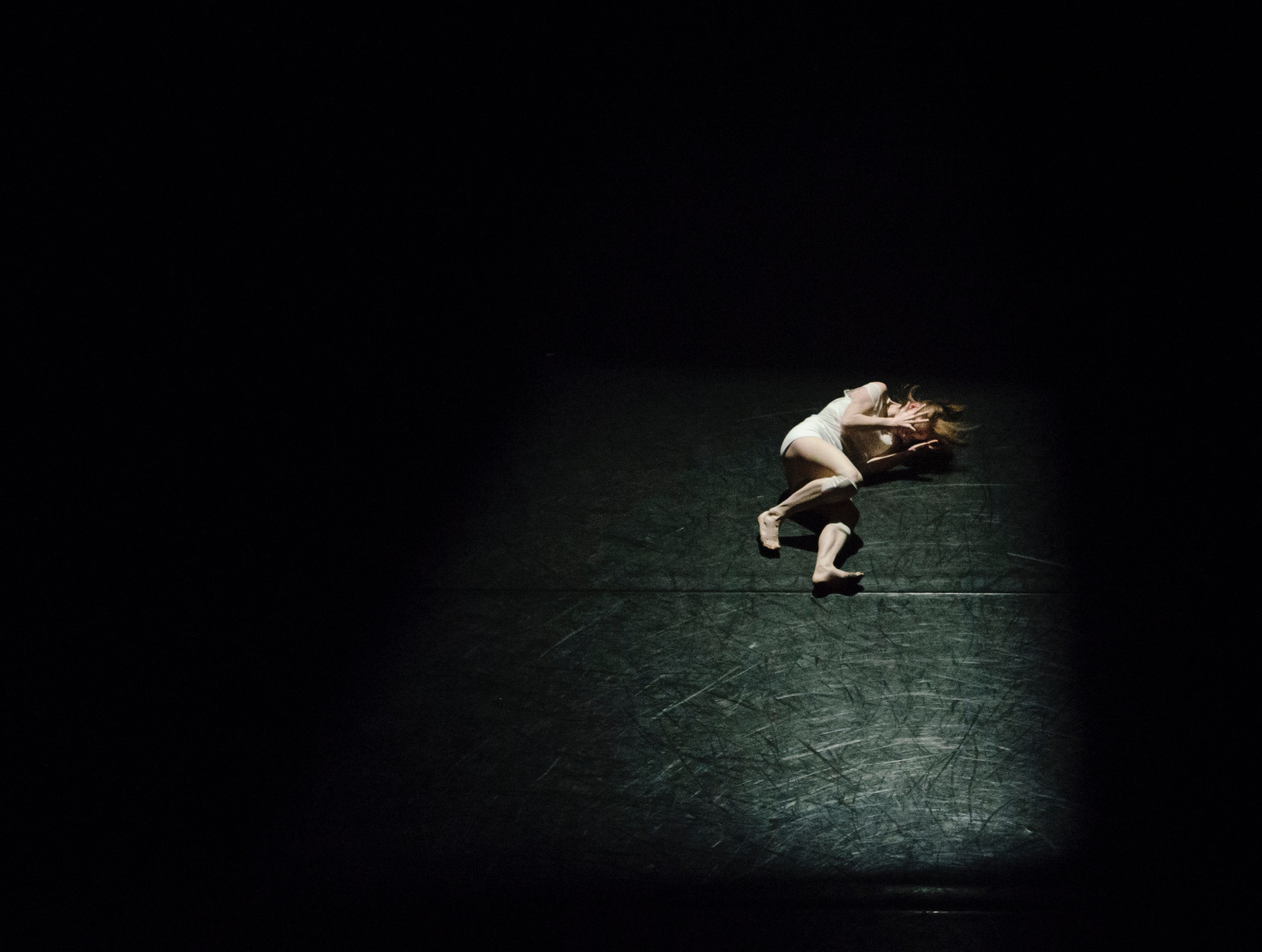Overthink
An Homage to My Hands
May 21, 2018

My life is dependent on the functionality of my hands, yet I take my hands for granted daily. I use them to hold onto my pulling husky, to craft poems, to massage my partner’s shoulders, to pick up my niece, to doodle, to take notes, to grate cheese, to grade essays, to wash my body, to dress myself. It’s incredible how the small hand muscles can grasp and release and pull and push to help us gain or relinquish control. To this, I can’t help but recall Lucille Clifton’s poem, “Homage to my Hips"—I’m constantly using this poem as a lens to help me appreciate and acknowledge my usually unconsidered body.
During the Cinco de Mayo reading, Nuestra Ameríca, organized by Juan Delgado as part of an art show curated by Ana Delgado at The Institute of Ceramics and Alliance in L.A., we were surrounded by the beauty hands construct. The images of pan dulce, a poet ripping the trauma from their life, ceramic hand sculptures, stations to make one’s own sculptures, videos of a woman sweeping, poets taking photos, handshaking in greeting and meeting, the building itself, a writer using a combination of English and American Sign Language to share her story provided endless examples of nuestra Ameríca, our America— the reading’s title was inspired by José Martí’s essay of the same name. Undoubtedly, this event couldn’t have taken place without a collaboration of hands.



I love the image of hands molding hand-shaped ceramic objects. The hands prepping them for the oven so the once soft hands can harden like our skin ages. Then, letting the angry, fired hands cool and, later, give them color in various shades of brown. Last year, 2017, “fire-baked” stone tools carved and used by our human-like ancestors, founded in Africa in the 1960s, were dated at 280,000 years old. Even though the National Geographic article doesn’t mention hands explicitly, it’s hard not to imagine these stone tools also placed in the fire by their once-young hands.
Sometimes I wake up and can’t grasp anything; my hands are so weak it’s difficult to open the refrigerator door. I drop everything. I make messes. I have to wrap my dog’s leash around my wrist. I have to re-imagine my world without the palms and digits I normally use without thought. When this happens, the simple of act of grab, release, push and pull become painstaking chores. Yet, I love my hands. The complexity I find written on the surface, like the pink scar my grandpa left when his burning cigarette was accidentally put out by my skin.
Author Gary Chapman breaks love down into “the 5 love languages”:
- Physical Touch – Contact with a significant other
- Quality Time – Spending time with a significant other
- Acts of Service – Relief of burdens by a significant other
- Words of Affirmation – Compliments given by a significant other
- Receiving Gifts – Gifts from a significant other
The list above is ordered by my preferred love language. So, “physical touch” is my most important, most needed display of affection. Often, this physical touch is done with hands—hand holding, arms around shoulders or waists. Seeing hands sculpted in basins or chairs or cups during the Nuestra Ameríca reading visually validated the importance of hands in my life and the importance of them in my writing. The act of putting words on a virtual or hard surface means hands have been one of the main modes of expression used to construct who I am.
While surrounded by the hand sculptures, I couldn’t help but trace the immense influence of hands. Their utilitarian necessity, their social importance, their personal uses. Our lives revolve around our hands while our thumbs make us inextricably human, and I can’t imagine a world without them—even though there are many whose world revolves around other body parts. For me and many others, it’s our hands that have constructed this world and these selves.

